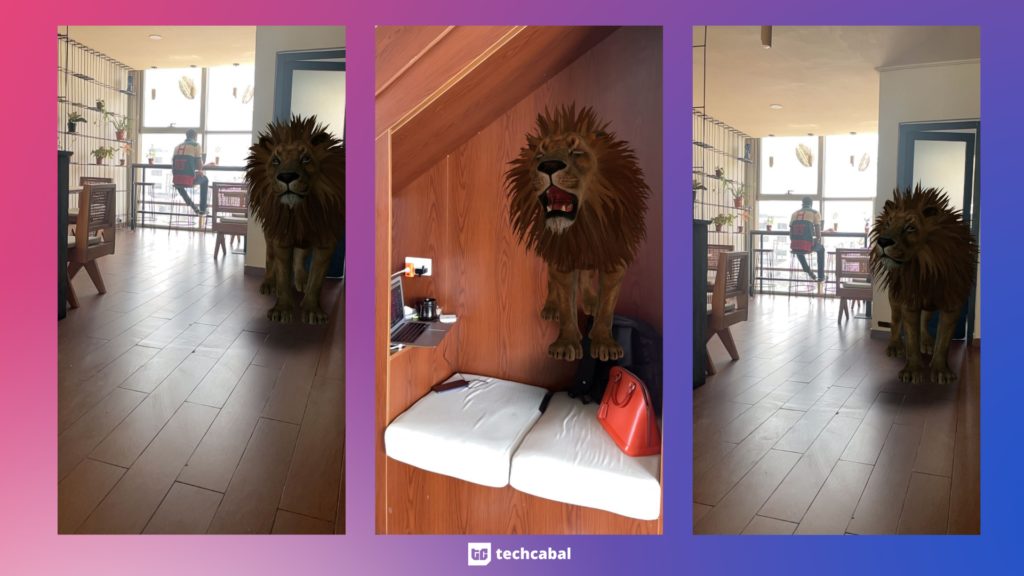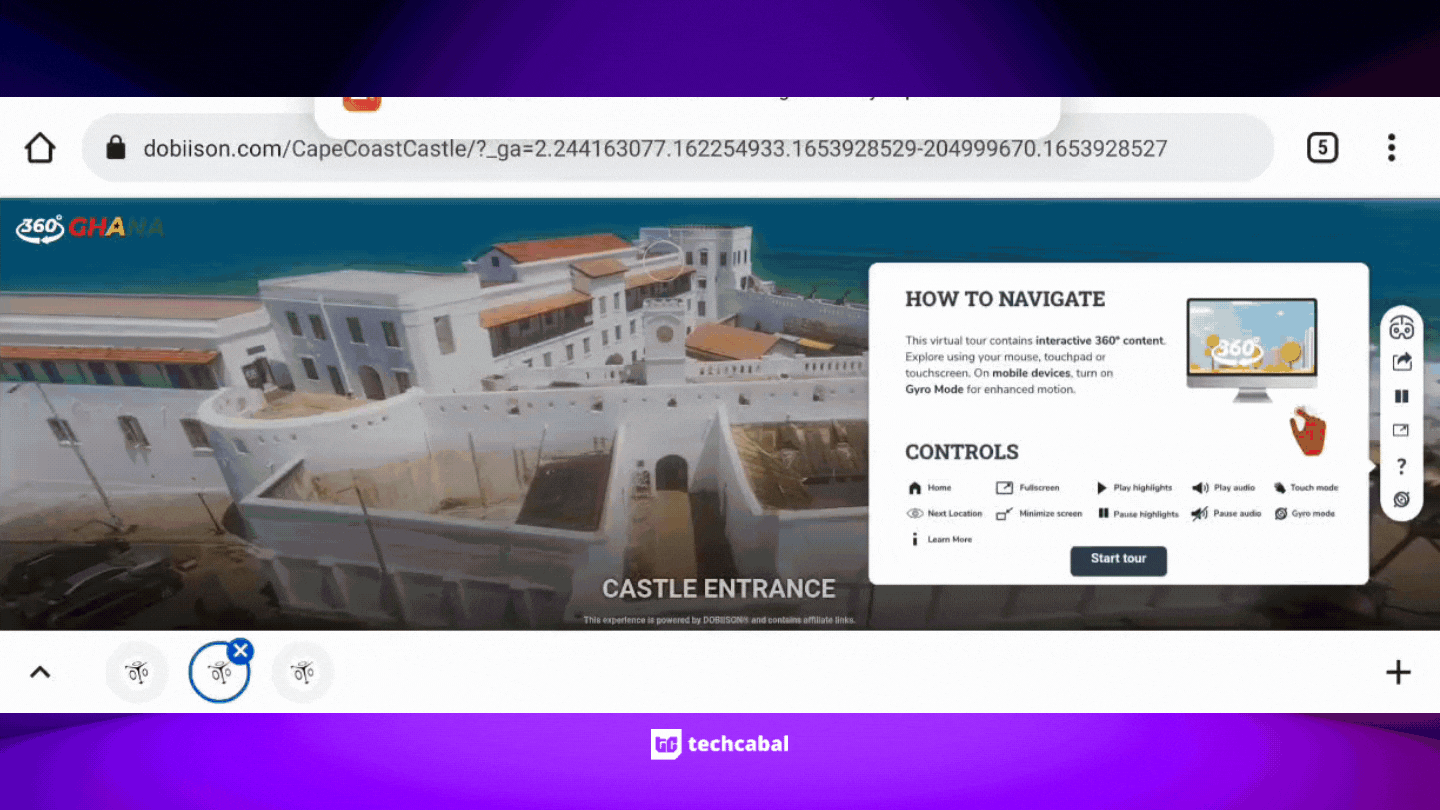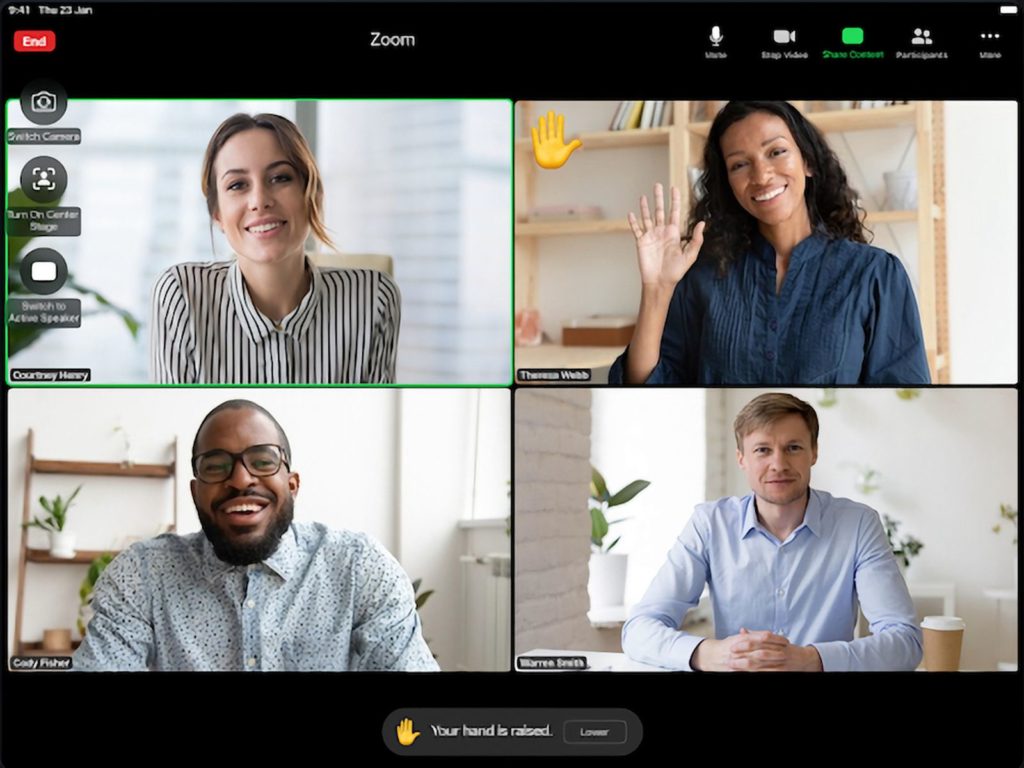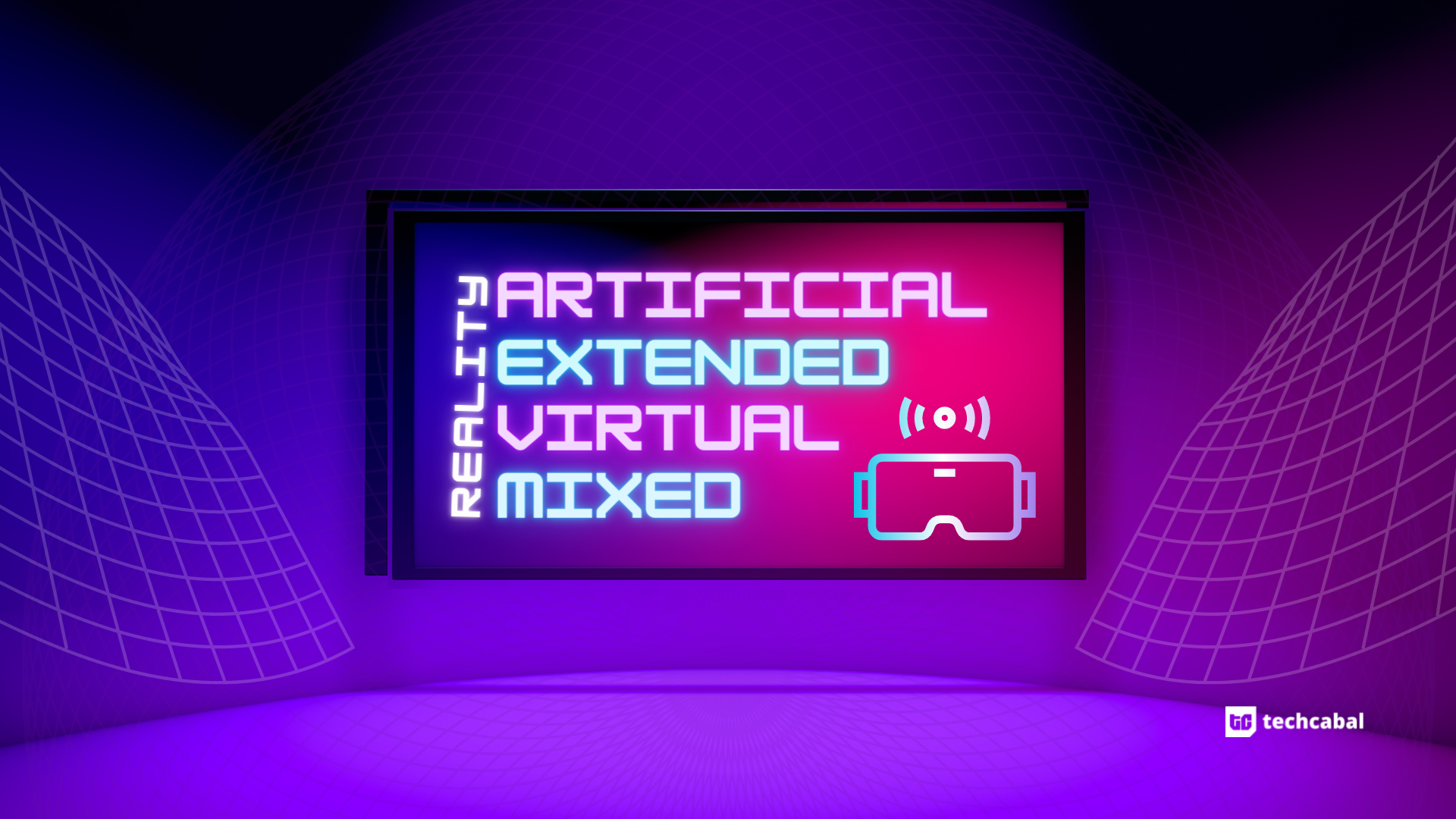We’ve all seen the words before—AR, MR, VR, XR. Abbreviations techies throw around almost as much as they throw hints about their wealth.
But what do they mean? Are these just made up words similar to deliverables, huddle and COB?
Well, the latter might be, but the abbreviations aren’t. The words refer to augmented reality (AR), mixed reality (MR), virtual reality (VR), and extended reality (XR); and they’re all terms used to describe real and/or virtual environments or interactions generated by tech. What’s more, you’ve probably used one of these concepts more times than you realise!
In this explainer, we’ll break down these 4 tech terms and give realistic and relatable examples so you too can have something—other than money—to throw around.🌚
1. Cloud
Before we get into the multiverse of realities, let’s explain a term you’ll see repeatedly throughout this article: the cloud.

Yeah, it’s not the white fluffs of condensation that shapeshift faster than a tech bro’s dreadlocked hair. We’re talking about the storage system where your files, websites, apps, and games are hosted.
Chances are that you’ve got some photos, videos, or documents stored away somewhere on Google Drive, iCloud, Dropbox, or any other cloud storage device.
Cloud storage is similar to hardware storage (the use of hard drives and USB devices to store files). The only difference is that the internet allows you to access cloud storage from anywhere, and without any special software or hardware. Instead of being stored on your phone, computer, or hardware, when you upload to the cloud, it’s stored on your providers’ computer servers and storage devices.
So, is there a warehouse somewhere with multiple storage devices? Yes, yes there is. Apple, Google, Meta, and many other software companies have large data centres where computer servers and storage devices are housed.
Simply put, the cloud you store your files on, is on someone else’s computer. Cloud storage has physical locations, and they can be subject to the same physical threats that your computers face. 💀
Now that we know what the cloud is, we can talk about the new realities ingenious people are building on it.
Let’s start with augmented reality (AR).
2. Augmented reality (AR)
Generally speaking, you should think of AR as digital make-up. Digital make-up for what, you ask? Well, digital make-up for everything, from physical environments to people.
AR employs digital visual, audio, and sensory elements to enhance the appearance of something in the physical world and provide real-life interaction. Using filters and artificial intelligence, AR literally brings things to life and makes you see things that aren’t really there using your camera and audio.
The most popular example of AR is the video game Pokemon Go, where players could use GPS to search different real-life locations for characters called Pokemon. Another example is Google Search’s 3D function, which lets you see how animals would look if they were right in your living space. Using the feature, you can search for the word lion and see how big a lion is standing next to your TV.

Even better examples lie in Instagram, Snapchat, and TikTok filters. Yup, all those filters that show you what you would look like with a beard, distort your voice, and turn you into Disney princesses are all part of augmented reality.
AR also has applications in the e-commerce and healthtech world that make shopping easier for everyone involved. In e-commerce, stores can show you what shoes, caps, shirts, or even glasses would look like on you using filters. Nike uses AR to confirm your shoe size and can also show you what you would look like in the shoes you’re shopping for. Furniture stores like Ikea and Home Depot can show you what the furniture you’re shopping for would look like in your living areas.
In Africa, there are a few startups creating products that implement AR. There’s GESAL, a Nigerian edtech helping students visualise learning by providing 3D imagery of diagrams in their textbooks. There’s also Augmented Startups, a South African software development service teaching people how to use and implement AR.
3. Virtual reality (VR)
Virtual Reality (VR) is the use of computers to create interactive 3-dimensional (3D) environments.
Unlike AR, VR doesn’t depend on the physical environment to create interactive spaces. Instead, it fully immerses you in environments where everything, from sight to sound to touch, is digitally created and manipulated.
Where AR will show you what a lion looks like in your living room, VR creates a virtual forest where you can see a computer-generated lion that roars and purrs.
VRs are customisable environments that computers create using code. In VR spaces, you can make the sky purple or animate people with different designs.
If you’re an anime fan, VR is the world of Sword Art Online, or The Rising of the Shield Hero. If you’re a movie fan, classics Jumanji and Zathura represent VR well.
VR is most popular in games where users wear headsets and are transported to worlds where they’re anything from building blocks to ogres. For example, Meta—the parent company of Facebook, WhatsApp, and Instagram—created a virtual reality world called Horizons where anyone can curate social experiences, from parties to puzzles.
On the continent, VR experiences are bountiful in hospitality, tourism, and art. The 2021 edition of Art X, an annual art festival in Lagos, Nigeria, featured VR experiences that showcased designs and photos.
There’s also DOBIISON, a Ghanaian startup that provides VR experiences for everything from real estate to tourism. The startup offers users free tours of popular Ghanaian tourist attractions like the Cape Coast Castle where captives were held during the Transatlantic Slave Trade.

Another difference between AR and VR is that the latter often depends on the use of special hardware or software such as VR goggles or controller pads. AR, on the other hand, doesn’t require any special equipment.

4. Mixed reality (MR)
Like the name suggests, mixed reality (MR) encompasses experiences that use both virtual and augmented realities.
It’s the rice-and-beans of realities. VR and AR are extremes. VR is independent of the physical world; AR is not. MR combines both concepts.
Mixed reality merges the real and virtual world to create unique experiences where digital and real objects coexist. Sounds a lot like AR, right? Yes, it does. In fact, a lot of people consider MR as another name for AR because they both mix the real and the digital.
In fact, the social media filters we mentioned above are great examples of mixed realities because they, in fact, augment reality and let you see digital objects in the real world.
A unique feature of mixed reality, however, is that MR features allow you to interact with the virtual/digital world. So Instagram filters that activate when you make a gesture, or even Zoom reactions that allow you to use emojis with certain hand gestures are all considered MR.

5. Extended reality (XR)
If the first question on your mind about extended reality (XR) isn’t “Why isn’t the abbreviation ER?” then you’ve been taking life too seriously.
Anyway, ER XR is the pool from which we define AR, MR, and VR and RR (real reality), which is where Mark Zuckerberg wants to escape to as part of his adventures in the metaverse.
Extended reality is the combination of all environments, real or digital; man-made, natural, or computer-generated.

When a company offers AR, VR, and MR solutions, they’re usually called an Extended Reality company because they offer solutions that extend beyond the present reality into other realities.
A great example of such a company is Imisi 3D, a Nigeria-based creation lab that’s growing a community of African AR/VR creators, creating solutions using AR/VR, and providing educational and engagement experiences with AR/VR. One of its projects helps Nigerian students learn maths using VR goggles.
That’s everything you need to know about AR, MR, VR, and XR. If you enjoyed this article, please share it with your networks on WhatsApp, Twitter, Facebook, and LinkedIn so that your friends can learn new intimidating concepts!











